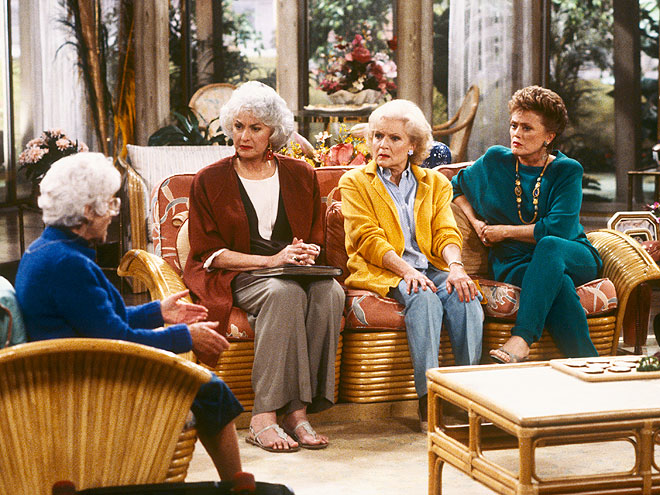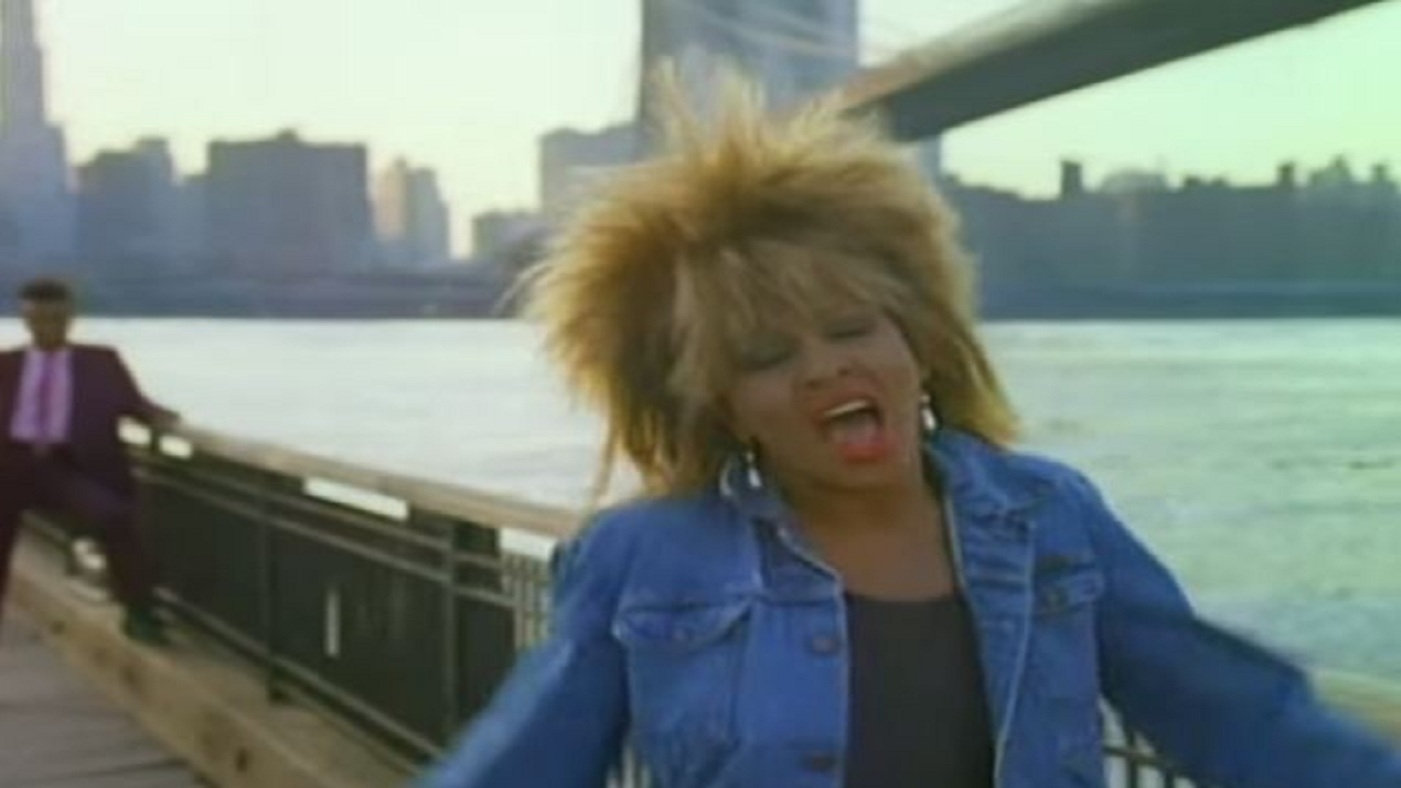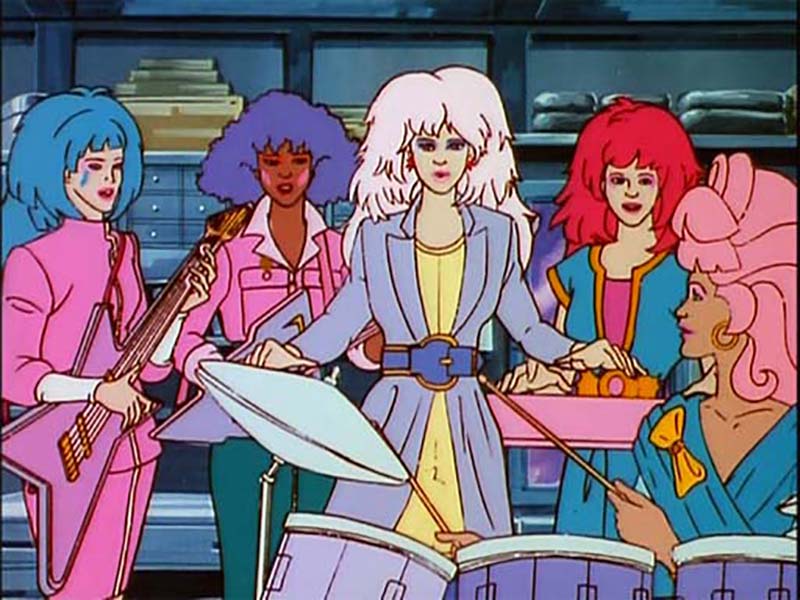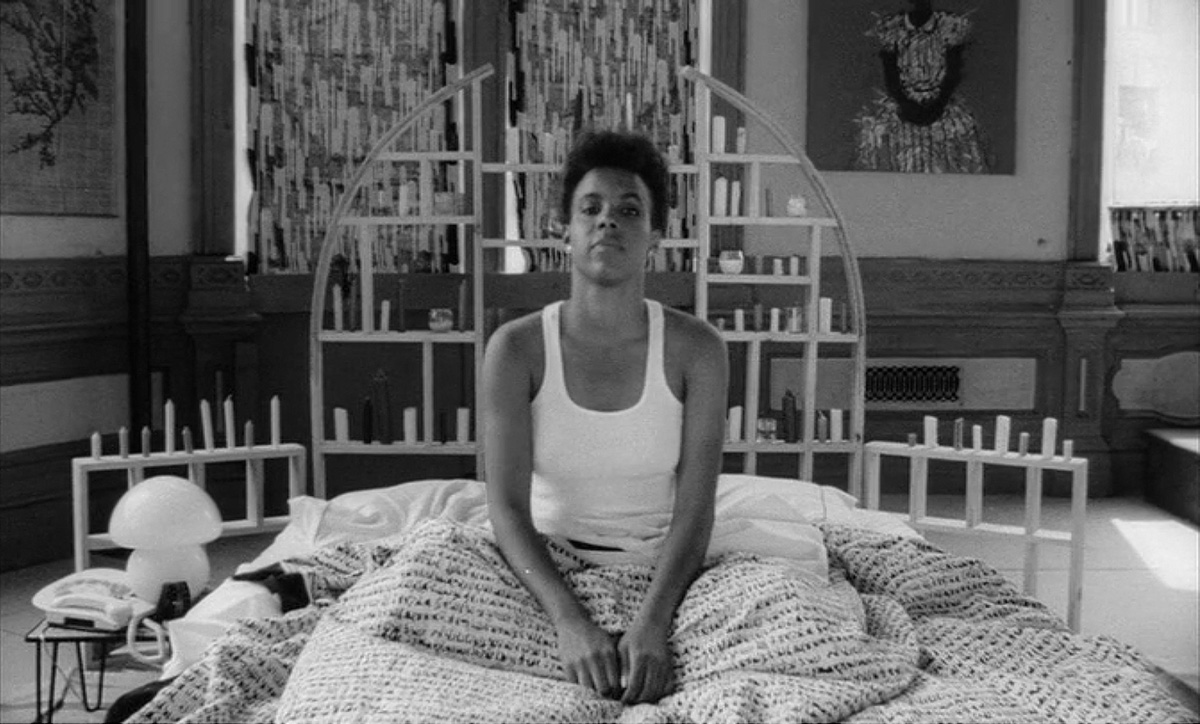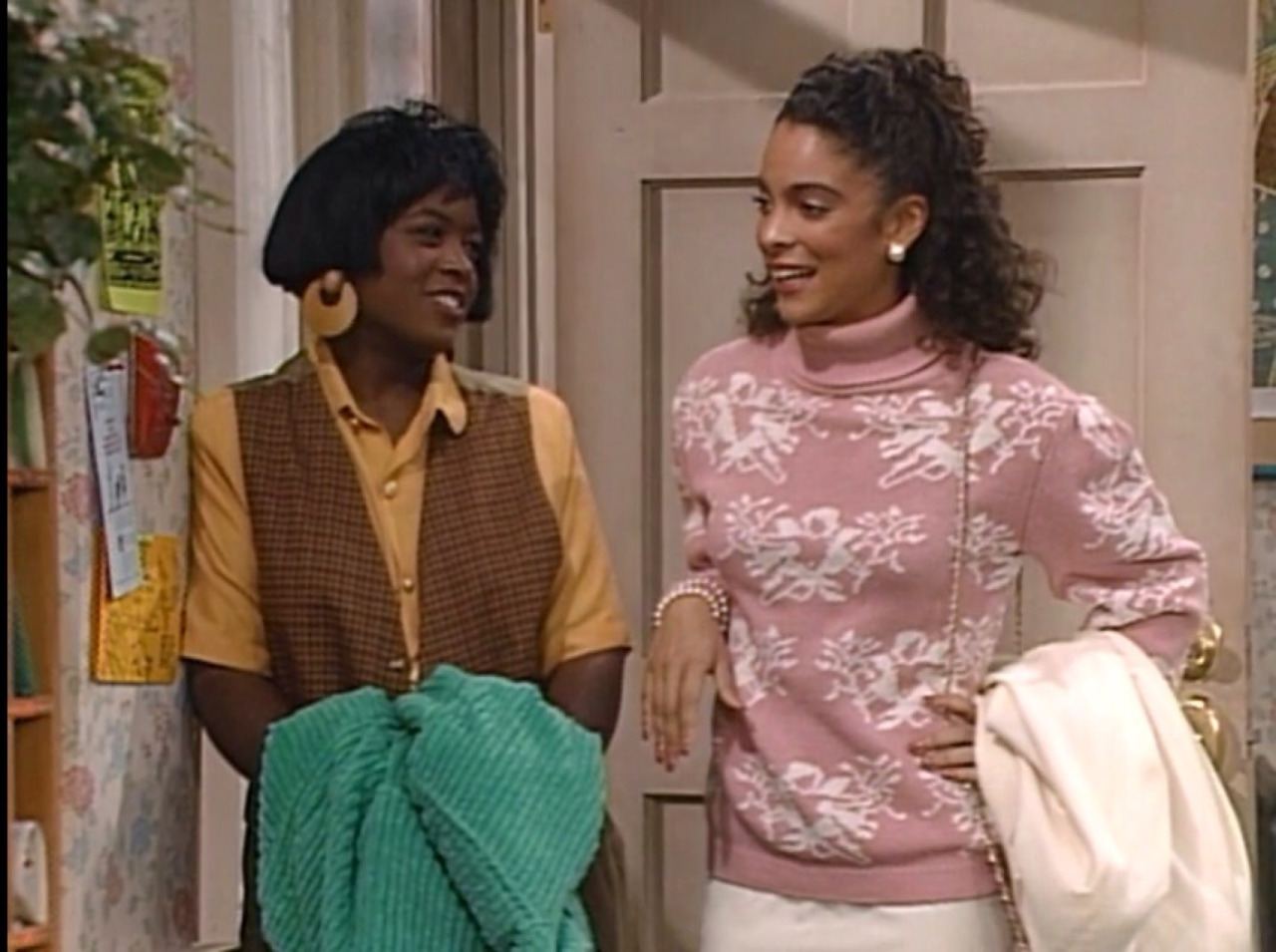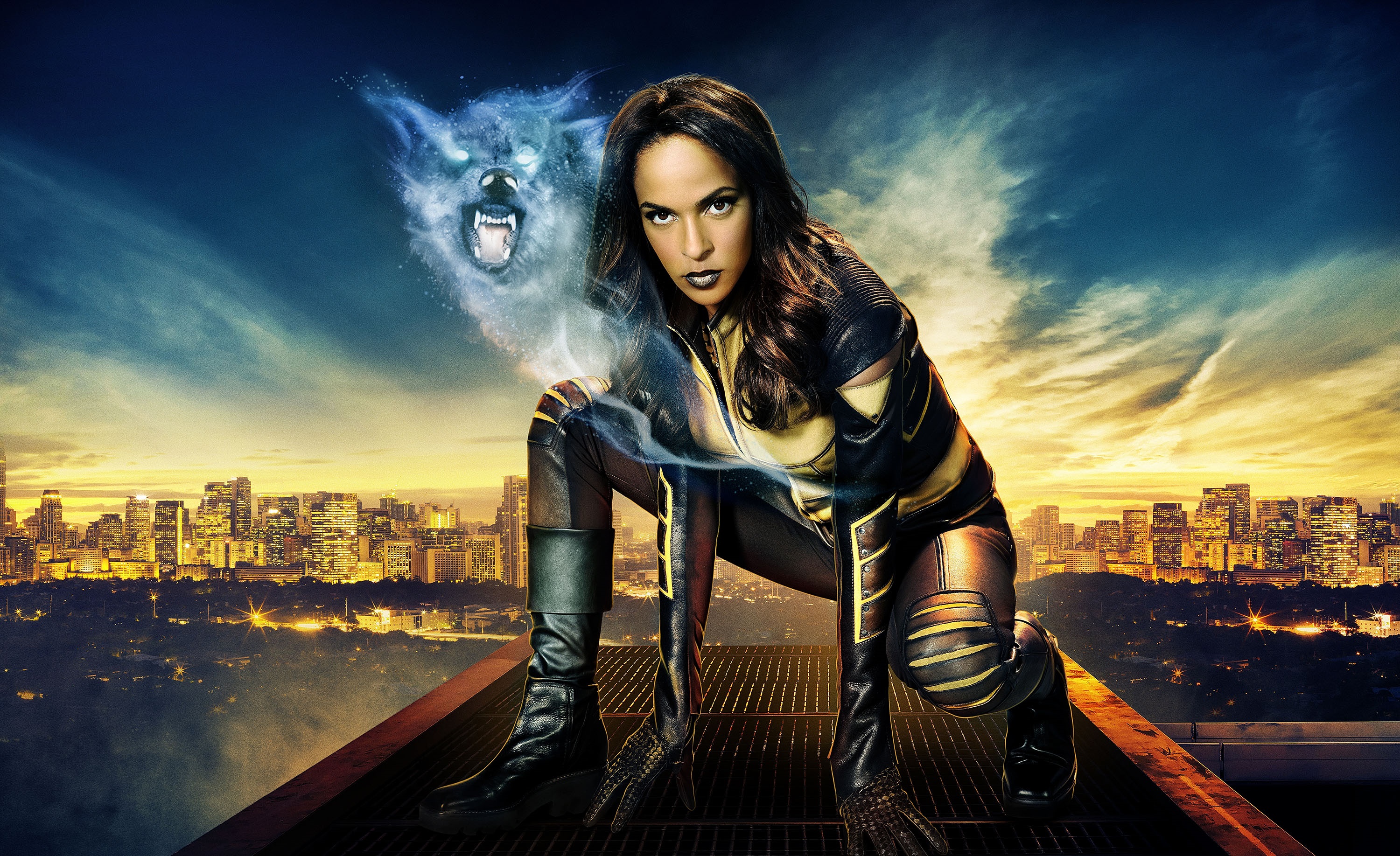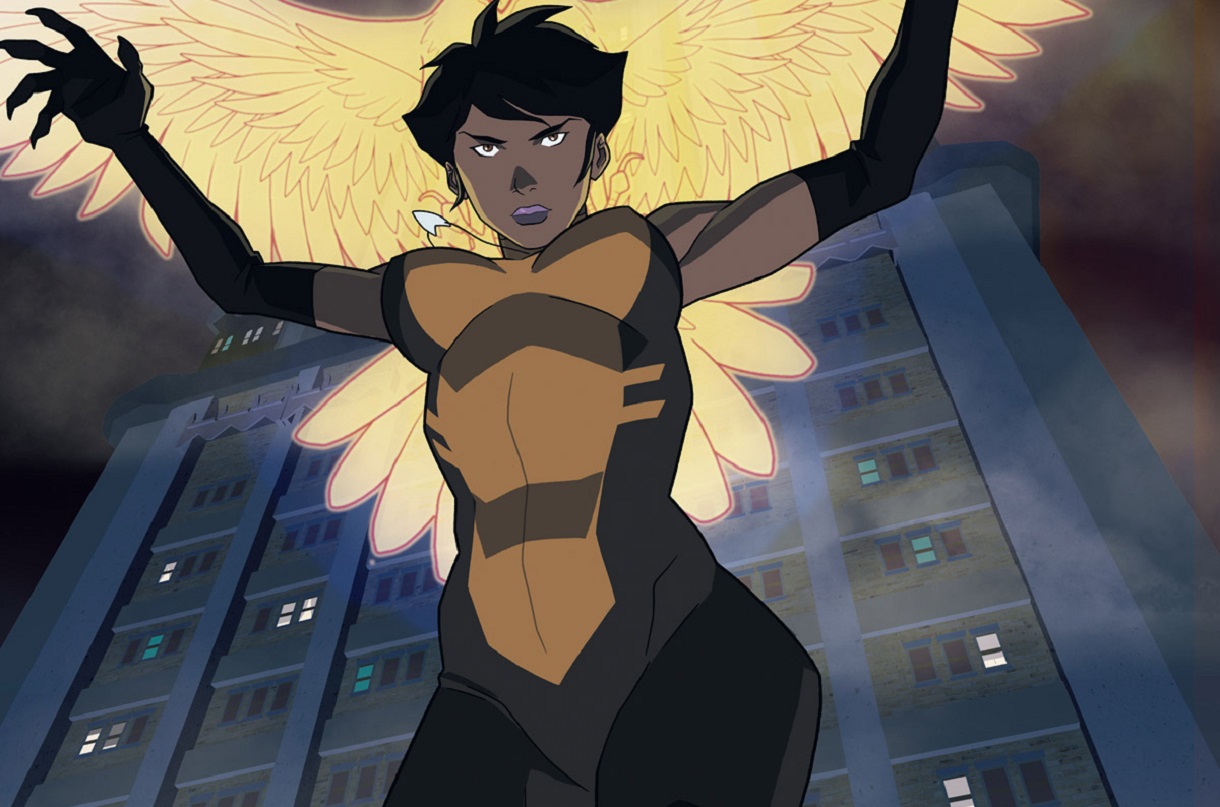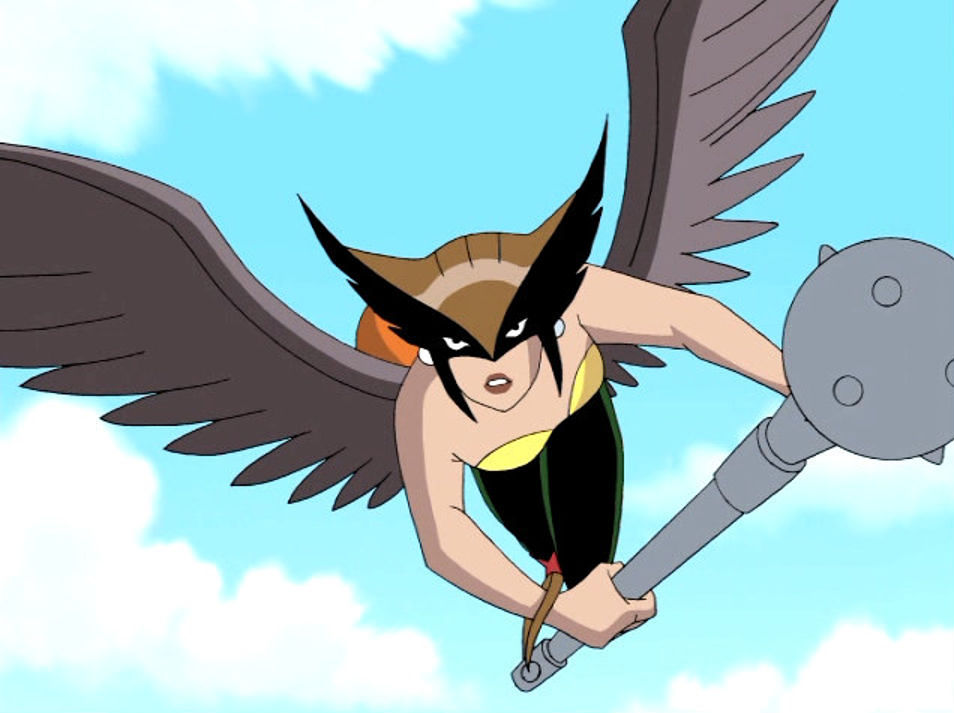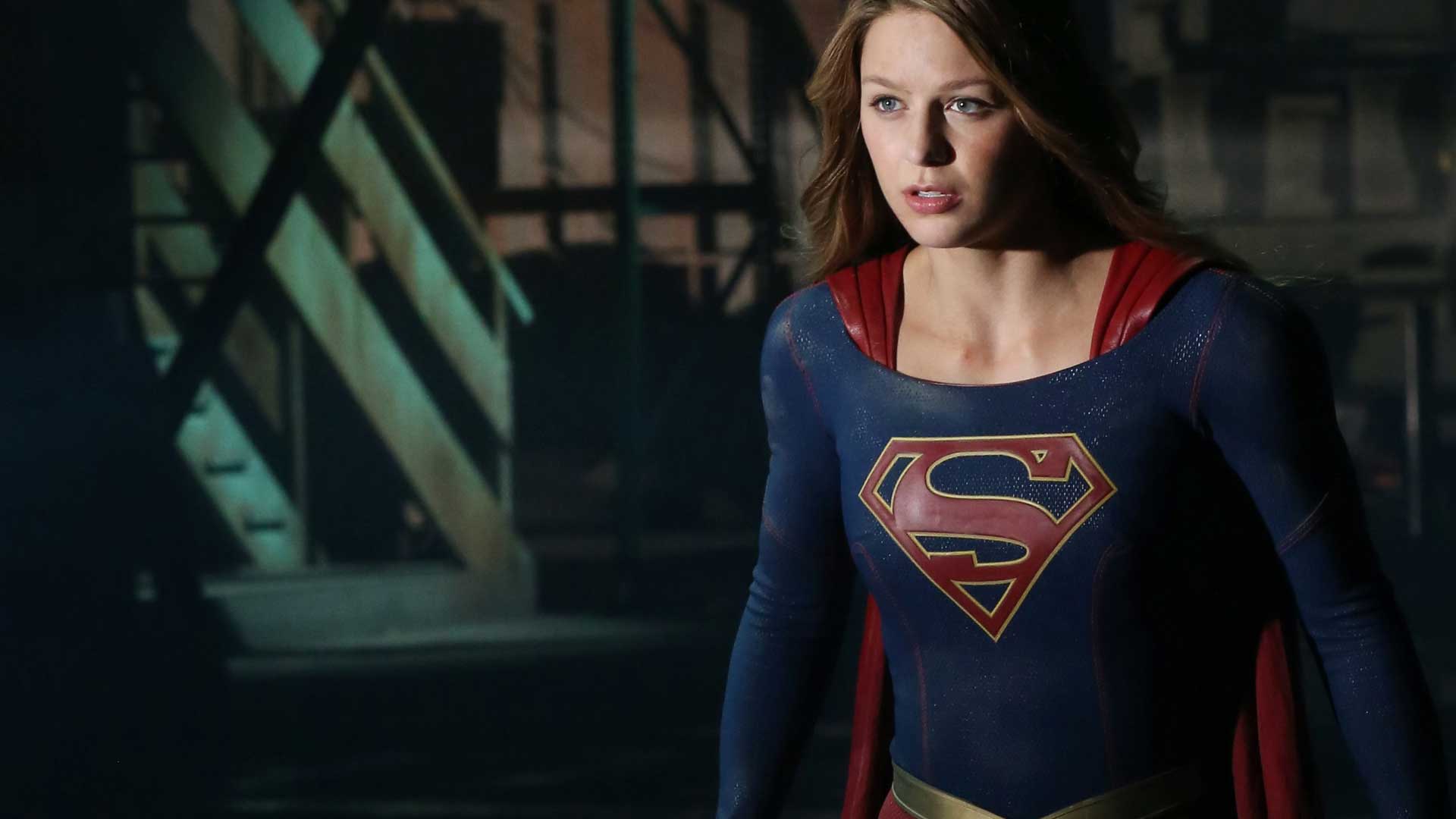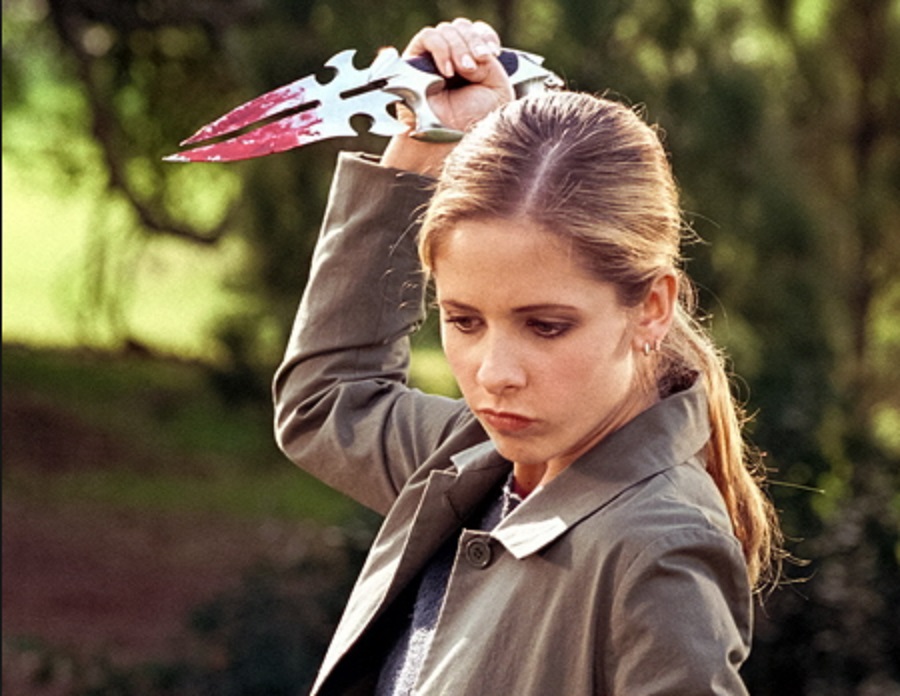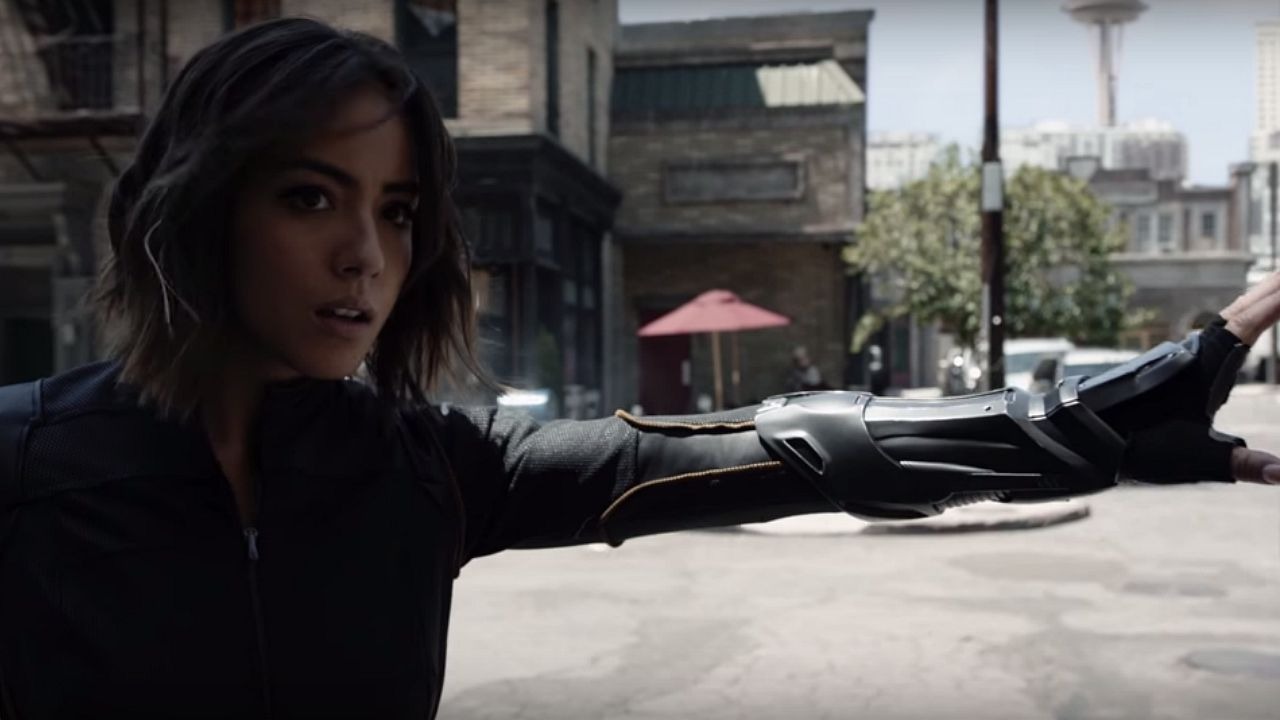
This guest post written by Adina Bernstein appears as part of our theme week on Ladies of the 1980s.
Picture it: Brooklyn, 1991. My sister and I, aged 10 and 7 are spending a Saturday night at our widowed grandmother’s apartment. Her favorite show is The Golden Girls.
My grandmother was not a young woman at that point. The youngest daughter of Russian Jewish immigrants, my grandmother had been through quite a lot, starting with the death of her parents when she was a teenager. Marrying my late grandfather (who passed away the year before) in the late 1940s, she raised two sons (my father and uncle). My grandmother watched her sons grow up, get married, enter the working world, and become successful adults. She and my grandfather had a hand in raising her grandchildren (my sister and I). Through that lifetime of experience, my grandmother was and still is a beacon to our entire family.
Once upon a time, older women were revered for the experience, knowledge, and wisdom that take a lifetime to accumulate. Those days, unfortunately, belong in the distant past. Once she reaches a certain age, a woman is more likely to be discarded for a “newer model,” thought to be senile, or viewed only through the lens of her role as a wife, mother, and grandmother. Who she is as a woman, what she has accomplished in life, and the lessons she can teach to those younger than her is often deemed meaningless in society.
In 1985, television audiences were reminded that women of a certain age are just as vibrant, sexual, and as full of life as women half their age. They may also share a few life lessons along the way. The TV series The Golden Girls — which aired for seven seasons — reminded audiences of all ages that life does not end at fifty for women.
Blanche Devereaux (Rue McLanahan) was the Southern belle rarely without a date. Rose Nylund (Betty White) was the innocent Midwesterner who never quite got the joke. Dorothy Zbornak (Bea Arthur) was originally from New York who always quipped the smartass one-liners. Sophia Petrillo (Estelle Getty) was Dorothy’s mother originally from Sicily who escaped the nursing home and whose age allowed her to be as far from politically correct as she wanted to be.
With television (and the media in general), then and now, most older women are not seen as vivacious, independent, capable human beings who can still contribute to the world. They are expected to quietly retire (if they did work outside of the home), take care of their spouse, children, and grandchildren. Their work is done. It’s time to sit in the rocking chair, knit a blanket or sweater, and watch as the next generation steps up to the plate.
They say that sixty is the new forty, that means that forty is the new twenty. People also say that age is just a number. I prefer the latter. Blanche, Dorothy, Rose, and Sophia were just as dynamic, sexual, and spirited as women on-screen who are half their age. In fact, their age made them even more appealing.
The Golden Girls touched on many subjects over the course of seven years: friendship, dating, menopause, being a parent to grown children who may make decisions not approved of, LGBTQ rights, the relationships between family, etc.
Looking back I can see the crack that The Golden Girls put in the glass ceiling. It was a small crack, but an important one. The lesson was clear: just because a woman is over fifty does not mean she is unimportant. What she brings to the table is priceless; there is no dollar sign on life experiences or wisdom. There is nothing more attractive than a person who combines life experiences, intelligence, and confidence to be who they are. Perhaps that is what made The Golden Girls appealing to all audiences and perhaps why there was a string of boyfriends and potential boyfriends that passed through the house.
When I watch The Golden Girls in reruns, I notice several things. I see my childhood and my late grandmothers, who were of the same generation as the characters. I remember the wisdom and experience my grandmothers had, that only someone who lives for fifty plus years can possess. I see four women who not only get along, but are able to maintain a very strong friendship despite their differences. I see four independent and self-reliant women with full social lives and romantic lives. I see four women who are funny, real, and full of life. I see the reminder that when life hands you lemons, you make lemonade.
In Jane Austen’s classic novel, Sense and Sensibility, Marianne Dashwood, says, “A woman of seven and twenty… can never hope to feel or inspire affection again.” Granted, this statement is coming from a girl of sixteen, but the sentiment reflects an overall cultural value about women and aging. Women, especially women of a certain age, are supposed to eventually step aside. The Golden Girls did not step aside, nor did they quietly accept the limitations that women their age are supposed to accept. Their declaration was loud and clear: older women can do anything that a woman of thirty can do. In fact, they may be able to do more, not only because of a lifetime of experiences, but because they are free of the responsibilities that come along with a career (although 3 of the women still had careers) and raising a family.
After my grandfather died, my sister and I spend many Saturday evenings with my grandmother. Looking back on those memories, I wouldn’t change them for the world. I also would not change the lessons about age and taking life by the balls that The Golden Girls taught their millions of fans.
See also at Bitch Flicks: How ‘The Golden Girls’ Shaped My Feminism
Adina Bernstein is a Brooklyn born freelance writer and blogger at Writergurlny. You can find her on Twitter @Writergurlny and Instagram.
